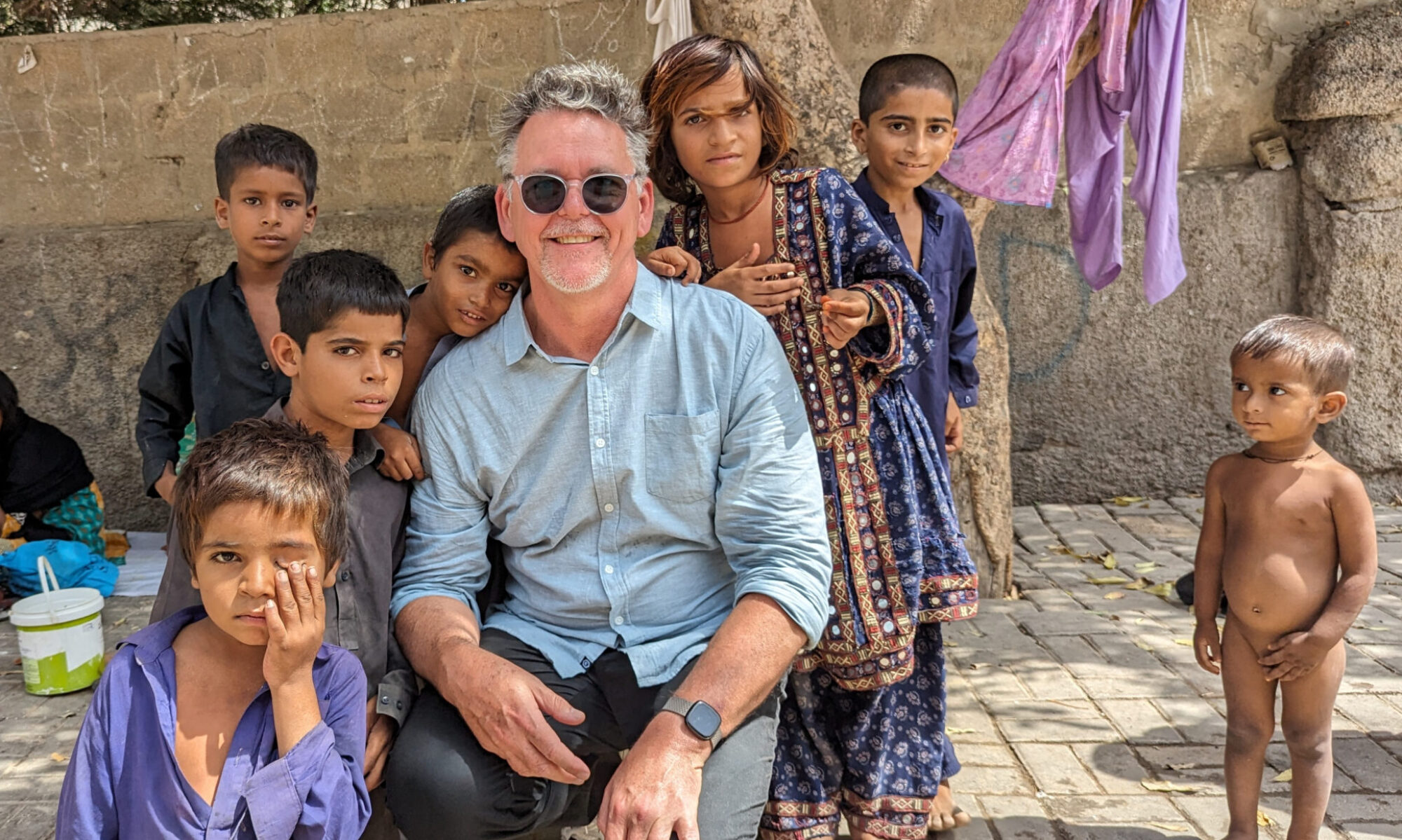Push Me, Pull Me
It’s an interesting sign of how this connected world we live in actually works when I see people coming back to revisit an idea that was floated months earlier, still mulling it over and willing to come back and re-clarify things again in their own head, which in turn helps others (like me) to re-clarify things in mine. I’m referring to a post called Unlearning, Relearning, Learning by Graham Wegner, who was in turn responding to an earlier post written on this blog back in May this year.
The conversation had basically turned to the idea of how people learn. Graham referred to another post from Dean Groom, where Dean talked about the idea of people being able to learn on demand, when they need it, by accessing the wealth of available online resources that are scattered across the Internet, produced by the millions of members of the online community. This mass-sharing has produced what Dean referred to as “the scattered manual”, where the instructions for doing pretty much anything can be found and reassembled in order to learn, if only you have the skills to do so. I hadn’t heard that idea of the “scattered manual” before, but I really like it because that’s pretty much exactly what it is… a collective knowledge of many people scattered right across the network. When one has the skills and ability to decode, reassemble, aggregate the parts of the “manual”, then that elusive “independent learning” becomes a real possibility for anyone who wants (and knows how) to get it.
I think there are two very different and distinct aspects of learning something… one is obviously the learning, and that seems to be a “pull” activity initiated by the learner. Learners need to assume responsibility to pull information to themselves when they feel they need it.
The other aspect is teaching, and that seems more like a “push” activity, where information is pushed towards the learner, usually by a “teacher”, or someone who already has the knowledge, skills or understandings that the learner does not yet have.
As much as we talk about reinventing education by doing away with “teaching” in favour of “learning” (usually as a reaction against the industrial model of education where teachers taught and students were supposed to just absorb it, and in doing so restore learning to its rightful place) I think we need to be careful that we don’t push the pendulum too far the other way and marginalise the act of teaching altogether.
My feeling is that good teachers know when to actively teach, and when to allow students to independently learn. Good teachers know when to push and when to allow pull. They know when to say to a student “this is how you do it”, versus saying “you need to go away and think about this for yourself”. It’s not that Teaching should take precedence over Learning, or that Learning is somehow less tainted with the stink of the 20th Century than Teaching, but rather, we need to know where the balance point is, in various situations, for different students, and apply that balance dynamically so that every student is always right there on the edge of their Zone of Proximal Development. A learner’s reach should always exceed their grasp, but only by the appropriate amount, and perhaps the teacher’s role is to keep that gap at the appropriate amount.
As a teacher, I want to have the wisdom to know when to say to my learners (including when these learners happen to be other adults), “You seem to be struggling, let me help you”, and conversely when to say “I will not do this for you, as it only deprives you of the opportunity to learn it for yourself.”
I don’t think you should ever do for someone what they can and should be able to do for themselves. The “scattered manual” exists so readily that to deprive learners from the opportunity, and in doing so absolve them from the responsibility, to learn for themselves just shortchanges everybody in the long run.
Catching up (and some slides)
It’s been a while since I blogged here, basically since I got back from ISTE about 2 months ago. Not sure why, just been super busy. I’ve got a heap of things happening at work, exciting things that I’ll be writing about here soon, but it’s just been hard finding the time lately to sit and write. I need to change that. I miss doing it.
I presented the keynote at the IWBNet conference in Sydney this morning, which was fun. The topic I was asked to present on was “Why Interactive Whiteboards”, and a few people asked for a copy of the slides so I’ve included them below.
Gotta fly, I need to be at the airport in an hour or so to catch a plane to Japan where I’m spending the weekend with Kim Cofino running a workshop for EARCOS called The Networked Educator. I guess I’ll have more to write about that later!

